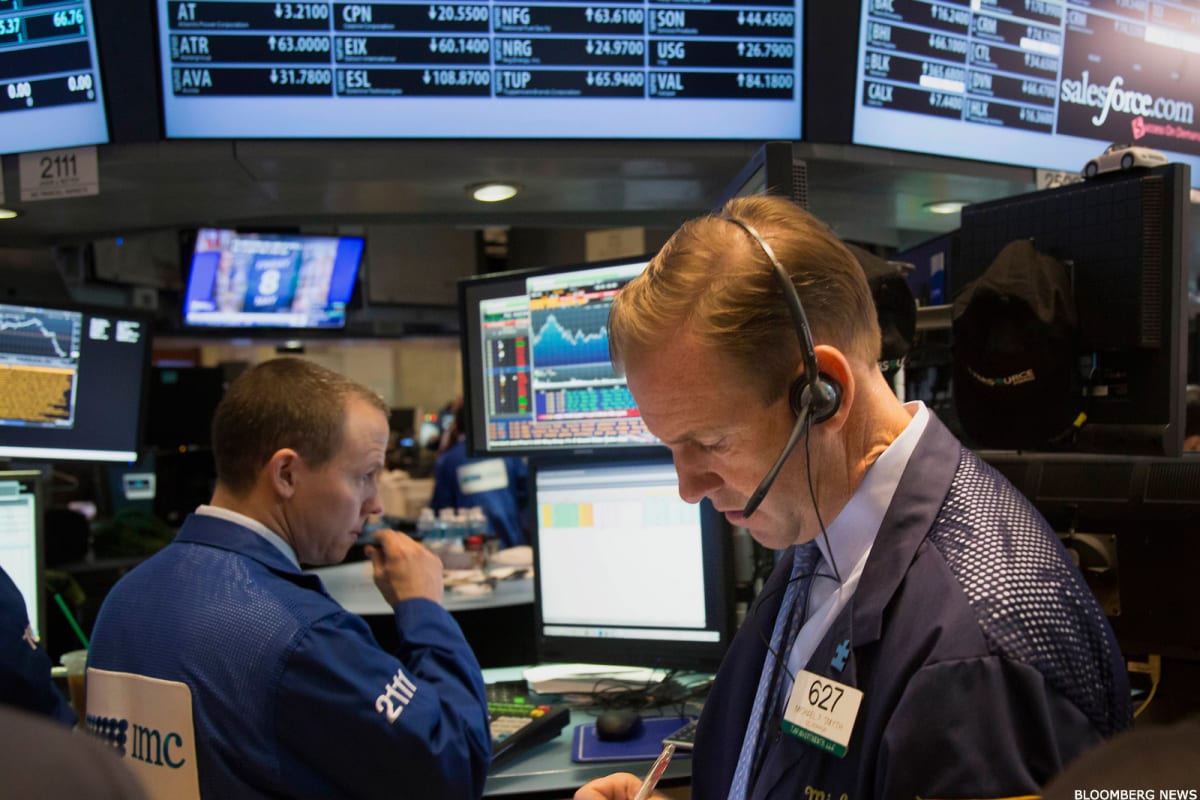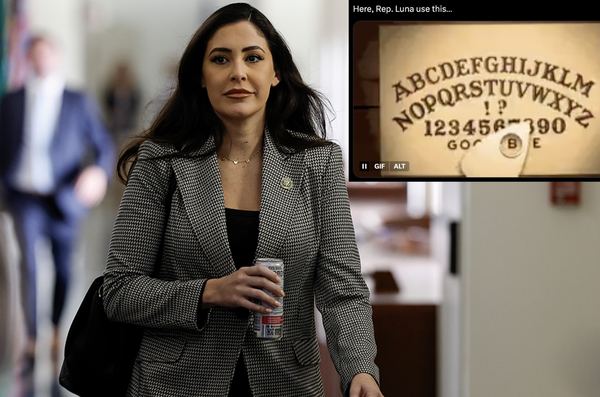
U.S. stocks turned lower Wednesday after data indicated that inflation eased to the slowest pace in two years last month, underscoring market expectations that the Federal Reserve will pause its rate-hiking cycle when it meets next month in Washington.
The headline consumer price index for the month of April was estimated to have risen 4.9% from last year, according to the Bureau of Labor Statistics, down from the 5% pace recorded in March and the first dip below 5% in at least two years.
On a monthly basis, inflation was up 0.4%, the BLS said, compared to a 0.1% reading in March, thanks in part to a 3% surge in national gasoline prices.
So-called core inflation, which strips-out volatile components such as food and energy prices, rose 0.4% on the month and 5.5% on the year, the report noted, with both readings matching Wall Street forecasts.
The closely tracked subset of inflation that includes services costs but strips away housing and rental prices, one of the Fed's preferred metrics, slowed to a monthly rate of 0.11%, the smallest since July of last year.
"Although there are pockets of price gains in the CPI report, the broad message is that overall inflation is slowing and that should give the [policy-making Federal Open Market Committee] grounds to keep interest rates unchanged when it next meets on 14 June," said Daniel Casali, chief investment strategist at wealth manager Evelyn Partners.
"The FOMC will also have the May CPI report (released on 13 June), where falling energy prices will likely continue to have a dampening impact on overall inflation."
"Should employment and job openings continue to slow, it will give the FOMC another reason to hold fire on interest rates, as will concerns over deposit outflows from domestic regional banks," he added.
Stocks Up, Bond Yields Down After Inflation Data
U.S. stocks moved higher following the data release, then turned lower int the afternoon session, with the S&P 500 at last check marked 0.1% into the red, while the Dow Jones Industrial Average slipped slipped 0.57%. The tech-focused Nasdaq was up 0.53% amid a pullback in Treasury yields.
Benchmark 10-year Treasury note yields were 6 basis points lower at 3.458% in volatile trading while two-year notes were down 5 basis points to 3.953%. The U.S. dollar index, which tracks the greenback against a basket of its global peers, was marked 0.1% lower at 101.507.
CME Group's FedWatch is now pricing in a 92.6% chance that the Fed will hold its current rate steady at between 5% and 5.25% when it meets next month in Washington, with bets on either a quarter- or half-point rate cut in September rising to just over 72%.
Stocks have remained rangebound over most of the past month, with the S&P 500 trading largely in line with levels seen in early April. The performances come amid a muted earnings season and confusing economic data that appear to suggest slowing near-term growth prospects set against stubbornly high inflation rates.
Yesterday's reading of small business sentiment, published by the The National Federation of Independent Business, fell to the lowest level in 10 years, with companies noting difficultly in obtaining new credit, pulling plans for capital spending near to their pandemic-era low.
Yet hiring remains robust, as evidenced by last week's April jobs report, with wages rising by 4.4% on the year, a level consistent with rates of inflation that are well ahead of the Federal Reserve's 2% target.
Inflation Can Still Be Sticky
"Today’s CPI highlighted how “sticky” inflation could continue to be—price increases eased in April, but not dramatically," said Mike Loewengart, head of model portfolio construction Morgan Stanley Global Investment Office.
"Overall, the longer-term cool-down trend is still intact, but this report was a reminder that it could take longer than many people may have hoped to fully tame inflation," he added. "If that’s the case, it likely translates into the Fed keeping interest rates higher for longer."
The contradictory signals have yet to manifest into higher levels of market volatility, however, with the CBOE Group's VIX index holding below the 18 point mark in overnight trading after hitting a six-month low of 15.98 over the final days of April.
In a further sign of the market's confusion, foreign buyers bid a record amount during yesterday's $40 billion auction of new three-year notes, even as debt-ceiling talks between President Joe Biden and senior Republican lawmakers failed to make any progress heading into the June 1 default deadline.
Biden, who met with House Speaker Kevin McCarthy (R-California) and Senate Minority Leader Mitch McConnell (R-Kentucky) at the White House yesterday, said there's likely to be "a lot of posturing, politics and gamesmanship" over the coming weeks. That's as both sides seek to extract concessions ahead of a June 1 deadline that could see the U.S. run out of cash and default on its debts.
McCarthy himself said he "didn’t see any new movement" from the White House, despite Biden's promise to take a "hard look" at billions of unspent covid relief in an effort to reduce government spending.
The two sides agreed to further talks, with aides to both the president and McCarthy committing to daily meetings in an effort to find a way through the impasse.
Receive full access to real-time market analysis along with stock, commodities, and options trading recommendations. Sign up for Real Money Pro now.







